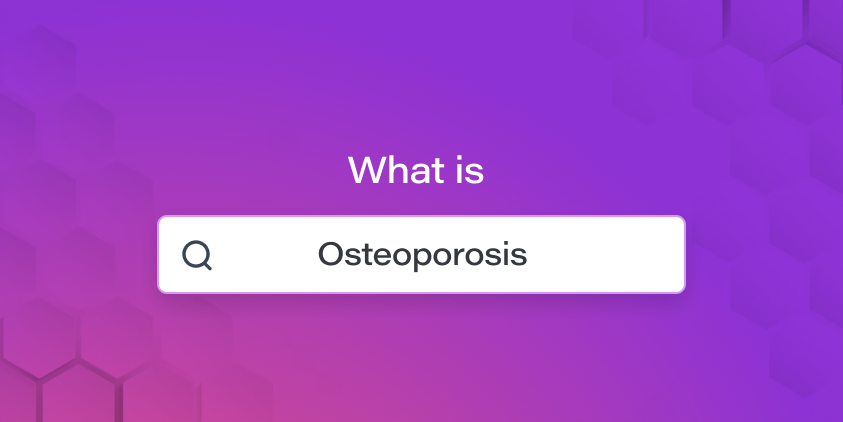🦴 Osteoporosis: A Comprehensive Study for Healthcare Professionals
This article was written in collaboration with Christine T. and ChatGPT, our little helper developed by OpenAI.

Definition
Osteoporosis is a bone disease that occurs when the body loses too much bone, makes too little bone, or both. As a result, bones become weak and may break from a fall or, in severe cases, from minor bumps.
Related Terms
- Osteopenia: This is a condition that occurs when your body doesn’t make new bone as quickly as it reabsorbs old bone. It’s considered a precursor to osteoporosis.
- Bone Density: This term refers to the amount of bone mineral in bone tissue, with lower bone density indicating an increased risk of fracture.
- Fracture Risk Assessment Tool (FRAX): This is a tool developed by the World Health Organization to evaluate an individual’s 10-year probability of an osteoporotic fracture.
Synonyms, Definitions, and Examples
| Synonym | Definition | Example |
|---|---|---|
| Bone Thinning Disease | This refers to any condition that results in thinning bones, including osteoporosis. | An elderly woman was diagnosed with bone thinning disease after experiencing a hip fracture from a minor fall. |
| Porous Bones | This term describes the structural condition of bones affected by osteoporosis. | Under a microscope, the patient’s biopsy sample showed porous bones typical of osteoporosis. |
| Metabolic Bone Disease | Osteoporosis is one of many metabolic bone diseases characterized by abnormal bone mass or structure. | The patient’s persistent lower back pain was traced to a metabolic bone disease: osteoporosis. |
Assessment Techniques and Tools
Assessment of osteoporosis typically involves a medical history review, physical examination, and diagnostic tests such as bone density scans (DEXA scans).
Assessment Frameworks
Assessment should consider the patient’s risk factors, symptoms, potential bone loss, and fracture risk.
Assessment Documentation
Documentation should include the identified risk factors, results of diagnostic tests, any diagnosed osteoporosis, and the patient’s response to treatment.
Legal and Ethical Considerations
Healthcare professionals have a legal and ethical obligation to provide information to patients about osteoporosis risk, prevention, and treatment options. Patients should be involved in decision-making processes regarding their health and treatment.
Real-Life Examples or Case Studies
A study in the Journal of Clinical Densitometry found a high incidence of undiagnosed osteoporosis in men over the age of 50 who had suffered a fracture. This underscores the importance of osteoporosis assessment in older men, not just women.
Resources and References
Conclusion
Osteoporosis is a significant health concern that requires attention from all healthcare professionals. With early detection and appropriate treatment, it’s possible to slow the progression of osteoporosis and help patients live healthier, more fulfilling lives.
